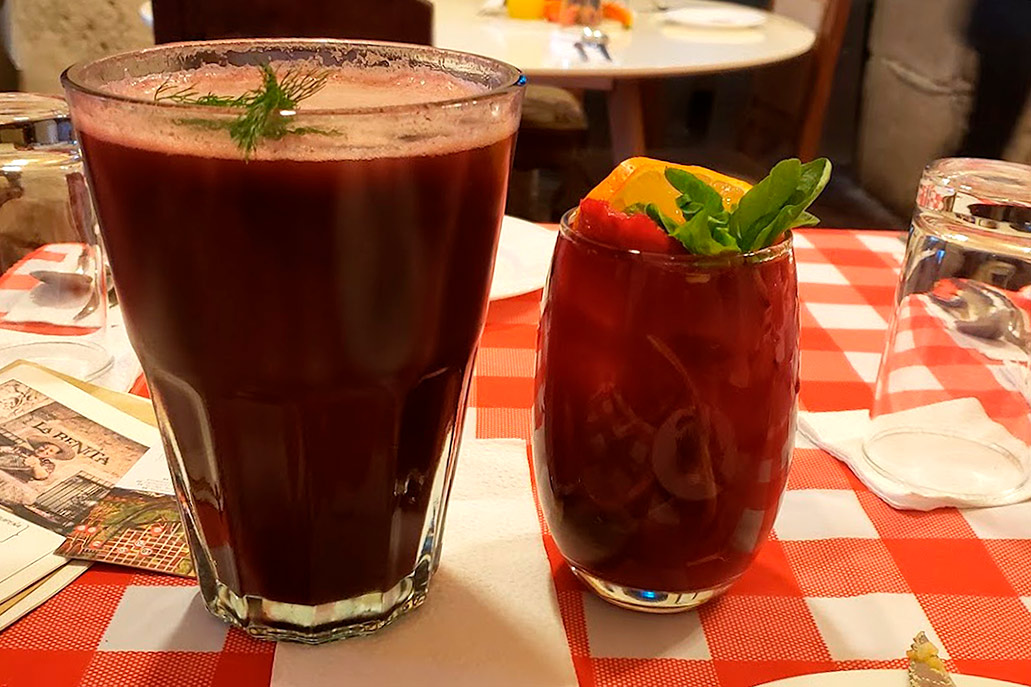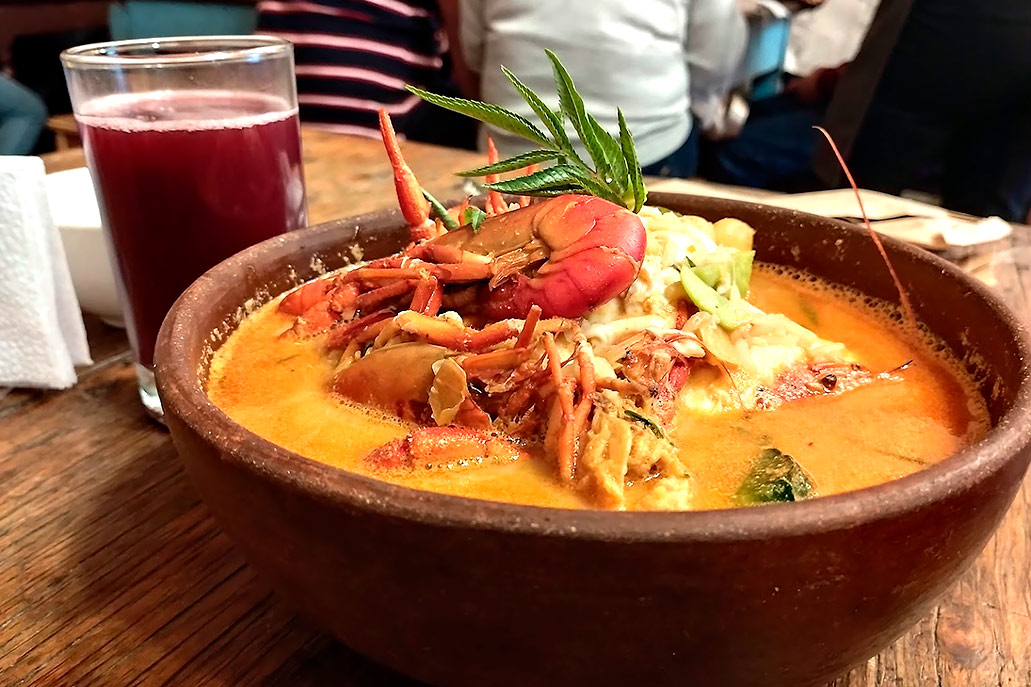The guiñapo chicha, emblem of Arequipa
Arequipa is one of the many cities that consume chicha, but one of the few that boasts about the chicha that it exhibits for all its visitors. The “Picantera Society of Arequipa” since 2013 has been celebrating “The chicha festival”. In this way, the population of Arequipa pays homage to this emblematic and historical drink that managed to survive censorship during the colony and is currently facing environmental problems.
Content
a) The chicha festival
Arequipeña chicha or also known as Chicha de Guiñapo, has been honored since 2013. This thanks to the initiative of the “Picantera Society of Arequipa”, this association was founded on 2012 in order to achieve an organized preservation of the tradition of Arequipa’s ownpicanterías. To do this, different “picanterías” and some diners who recognize the entire culinary tradition that involves this custom participated.
Arequipa is well known for its culinary tradition that never ceases to amaze all its visitors. One way to accompany these delicious recipes is chicha. Although it is estimated that traditionally it was the only and true companion for meals, parties and even hard work for farmers.
The Guiñapo Chicha Festival is held on the first Friday of August. It is celebrated in the Plaza de Armas where a well-deserved tribute is paid to it with civic activities, songs, dances and, above all, the most exquisite dishes of Arequipa. It is also accompanied by outstanding artists. This activity is sponsored by public and private institutions.
b) History of the chicha from Arequipa
In ancient Arequipa, it was customary to serve the famous chicha de guiñapo along with the dishes from the “picanterías”. This drink is the product of a natural fermentation of black corn or better known as guiñapo. Guiñapo because it responds to a Quechua word that means “to make mature” or “to make old”.
Although according to some studies these drinks were mainly offered in the “chicherías”. The way to recognize these establishments was because the owner of the premises placed a red cloth on their doors, some even made them in the form of banderillas. In this way the chicherías began to accompany the drink with the delicious dishes from Arequipa becoming, little by little, the already mentioned picanterías.
However, the tradition of this drink dates back much longer before the arrival of the Spanish. As is well known, chicha was the main drink of the Incas, so it is estimated that it was a very popular drink among the first inhabitants of the entire Arequipa valley. Where they would use different varieties and qualities of corn for its elaboration.
These first tribes were the Yanahuaras, the Kuntis, the Chumbivilcas, Yarabayas, among others. The most interesting fact is when the mummy Juanita was found. Upon finding it, they saw a kero among the belongings. The kero was the favorite utensil to use the chicha during and after the ceremonies.
Black corn has antioxidant properties, which inhibits the absorption of harmful cholesterol and improves blood circulation. Helps stabilize and protect capillary arteries. It is good for people with obesity, arthritis and even diabetics.
Later, during the founding of Arequipa by the Spanish, it is narrated that the wine they brought was very scarce and was only used for the protocol mass. So some locals kindly offered the chicha. The remaining ceremony and the party ended with chicha de guiñapo. This drink became so popular that during the colony, Viceroy Toledo in 1575 prohibited its production, punishing those who made it and drank it. It is estimated that this measure was part of the process of extirpating idolatry, since chicha is a sacred drink.
After many years in hiding, chicha was once again gaining ground, again after many years. According to the first Arequipa historian Ventura Travada in 1752, he mentions in his writings that Arequipa chicha was the most celebrated of the entire Peruvian kingdom. Considering even a number of more than 3000 chicherías scattered throughout the city of Arequipa.
Some time later there is another record of the English traveler Paul Marcoy, who points out that in the year 1869 he was able to count about 928 taverns where the main drink was chicha. These taverns had white and red banners hanging from a banner as a distinctive feature. This was the distinction to mark the places where you could eat and drink.
Currently, a large part of the population of Arequipa continues to consume this ancestral drink and it continues to be a special attraction for those who wish to taste or try it. Perhaps it is because of its history or simply because of its extraordinary flavor, which today is still a symbol of union and brotherhood.
c) How is Chicha de Guiñapo made?
Although the procedure is simple, it is clear that the ancestral flavor of chicha de guiñapo is only found in the old kitchens of Arequipa. However, here we will show you the preparation process.
- The first step is to germinate black corn or make the guiñapo for 15 days.
- Once the corn kernels have germinated, the next step is to crush or grind the kernels until a kind of flour is obtained.
- What is obtained is boiled in a pot. Preferably kitchen with wood combustion. This cooking should last a few hours.
- The final step consists of straining the waste and obtaining a brown liquid, which will rest for a day in the clay pots.
The main Arequipa dishes are: Adobo from Arequipa, shrimp chupe, locro de brisket, bachelor’s cheese and ocopa Arequipa.
d) Important data about guiñapo chicha
- For many years the chicha de guiñapo or chicha arequipeña accompanied the inhabitants in different activities they carried out.
- It would be worth saying that all the constructions based on ashlar were made accompanied by glasses of chicha.
- Currently, black corn, which is a basic ingredient for the preparation, has been suffering genetic alteration due to the presence of contaminants in the water used for irrigation.
- In the farms of Paucarpata, Yumina, Characato, it is becoming evident that the land is increasingly saline. In addition, some land was used to build houses.
- We hope that the authorities and people of Arequipa become aware of this and start campaigns for the protection of black corn.
By Machupicchu Terra – Last updated, August 28, 2023

